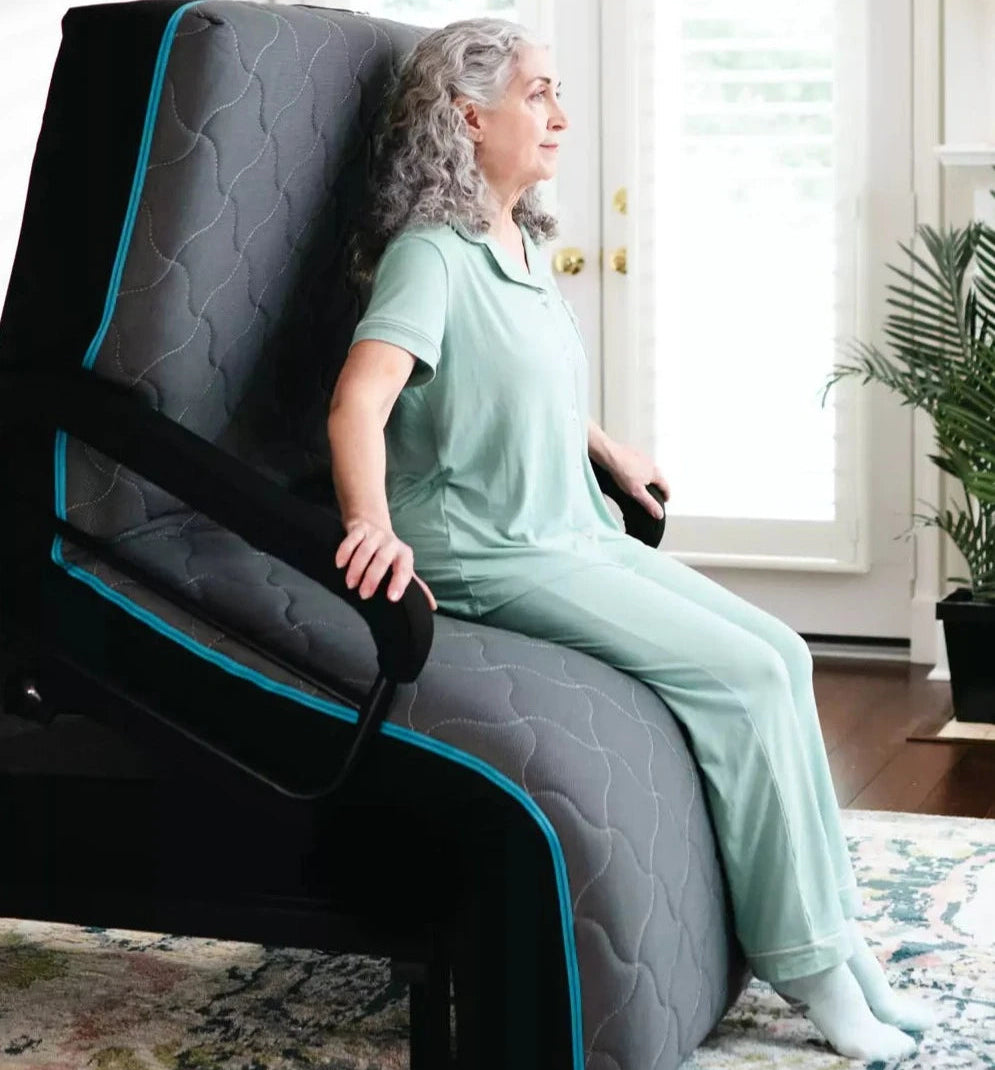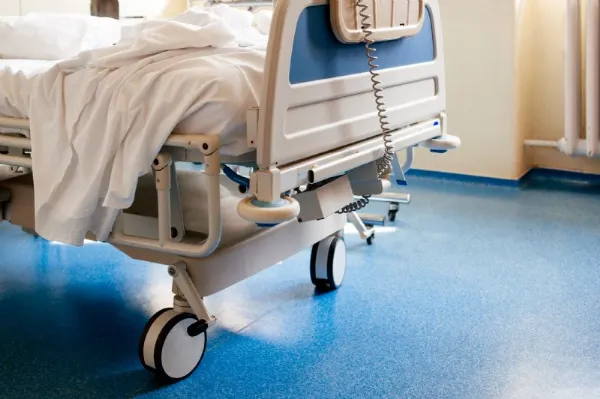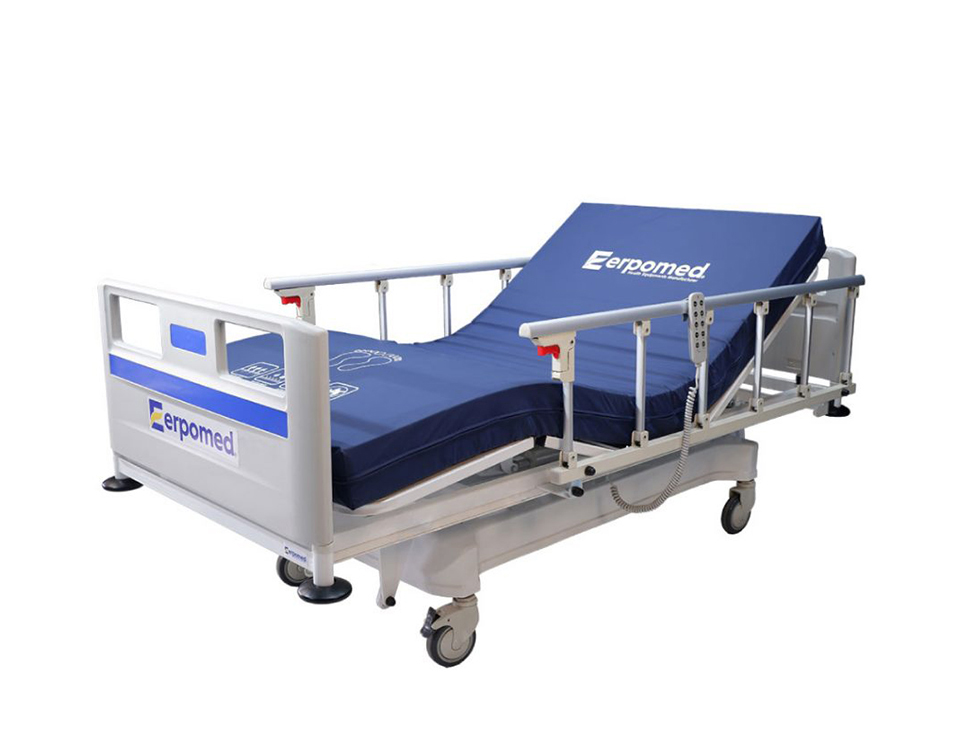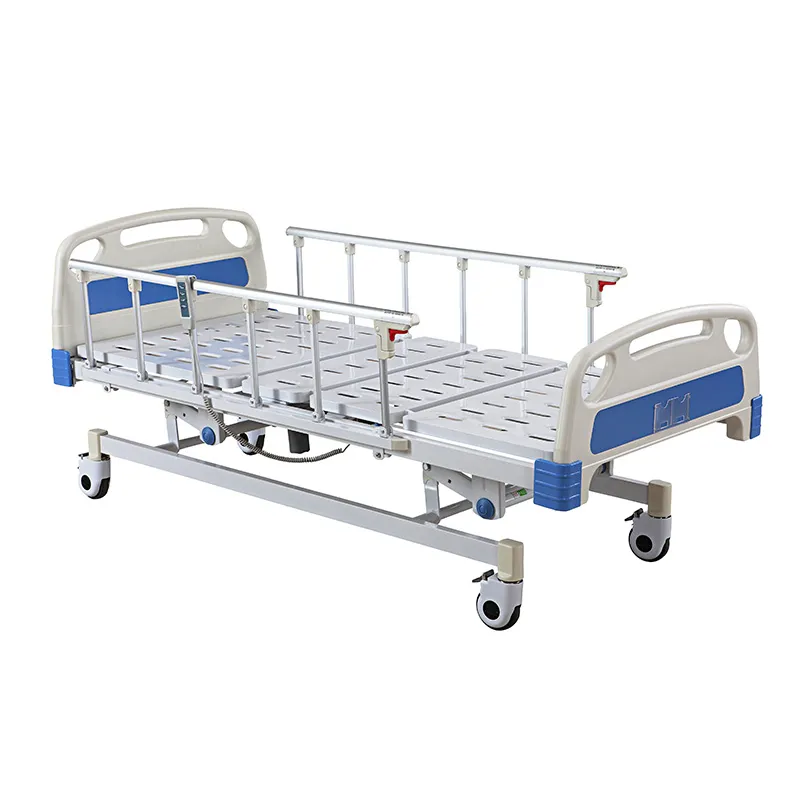4 Easy Facts About Hospital Beds For Home Use Shown
4 Easy Facts About Hospital Beds For Home Use Shown
Blog Article
The Greatest Guide To Hospital Beds For Home Use
Table of ContentsThe smart Trick of Hospital Beds For Home Use That Nobody is DiscussingSome Known Details About Hospital Beds For Home Use Little Known Questions About Hospital Beds For Home Use.The Hospital Beds For Home Use StatementsThe 20-Second Trick For Hospital Beds For Home UseHospital Beds For Home Use - QuestionsA Biased View of Hospital Beds For Home Use
There are three major types of hospital beds: guidebook, semi-electric, and fully-electric. These beds utilize hand cranks to change the bed's height and raise and reduce the head and the foot.
Semi-electric beds have an electric motor to increase and decrease the head and foot sections of the bed (hospital beds for home use). Full-electric beds have an electric motor that can increase the head and foot areas of the bed as well as the whole height and positioning of the bed.
Some Known Incorrect Statements About Hospital Beds For Home Use
There are several types of healthcare facility beds, each designed to fulfill specific patient requirements. Right here are some typical types: This is the most common kind of healthcare facility bed, made for general medical use.
Reduced to the ground than a typical bed. This sort of bed is created for larger people, with a bigger framework and greater weight capacity than a basic bed. This sort of bed is developed especially for children, with smaller sizes than a conventional bed. Unique functions such as full size side rails and cartoon design.
This sort of bed is developed for seriously sick people that require open tracking and specialized clinical devices such as ventilators and mixture pumps. This sort of bed is made for use throughout labor and delivery, with flexible settings and functions to support the mommy and child throughout the birth process.
The Main Principles Of Hospital Beds For Home Use
Numerous feature and the accessories carry out broadening traction to different components of the vertebra and the extremities without moving the human body. These are just a few examples of the types of medical facility beds readily available. The details kind of bed used will depend upon the client's problem, clinical needs, and other aspects.
Right here is the important things you require to understand. A one-function healthcare facility bed is a clinical bed that permits a person to move just the head or foot section up or down. A 2 function hospital bed commonly refers to a type of medical bed that has two adjustable functions to help patients in hospitals or care facilities.

Some Ideas on Hospital Beds For Home Use You Should Know
A 7-function ICU bed is a kind of medical bed that supplies numerous adjustable functions to support seriously ill clients in a critical care unit (ICU) (hospital beds for home use). The 7 functions typically include: Back-rest adjustment: The back-rest can be adjusted to numerous angles to assist the person rest up or lie down easily
Height change: The bed can be elevated or decreased to make it easier for clients to enter and out of bed, and for caregivers to supply treatment. Trendelenburg position: The whole bed can be tilted to promote blood circulation and circulation in the body. Reverse Trendelenburg placement: The bed can additionally be slanted in the opposite direction to promote blood circulation and flow in the top body.
1. What Size is a Health Center Bed? 2. Just how much Does a Healthcare Facility Bed Price? 3. Why Do Hospital Beds Have Side Rails? 4. What Are The Key Healthcare Facility Bed Parts?. While even more budget friendly than electric designs, these beds need exertion for adjustments. The major advantages of manual beds are their affordability and dependability, as they do not rely upon electricity. Nevertheless, the need for manual effort can be a constraint in circumstances where fast modifications are essential or website here where caretakers deal with physical challenges.
Not known Incorrect Statements About Hospital Beds For Home Use
Semi-electric medical facility beds offer an equilibrium of handbook and electrical controls. These beds offer an ideal middle ground in between manual and completely electrical options, using ease additional resources of usage without the full expense of electrical models.
Semi-electric beds are appropriate for patients who require modest modifications to the head and foot areas yet can manage without constant height adjustments. This makes them an affordable solution for those looking for convenience and comfort without the need for constant repositioning. Completely electrical hospital beds feature electrical controls for seamless modifications to the elevation, head, and foot areas.
Specialty healthcare facility beds, such as ICU beds, lasting care beds, and bariatric beds, are very carefully made to address details clinical demands. These beds offer tailored take care of varied person teams, boosting both end results and convenience. In the adhering to areas, we will certainly discover the major kinds of specialized health center beds, detailing their details advantages and applications.
With years of experience in producing electrical linear actuators - hospital beds for home use and close collaboration with the medical care sector, TiMOTION is well-positioned to give dependable health care services. Our vertically integrated firm manages every step of the manufacturing procedure, from design to actuator assembly, ensuring we deliver exceptional worth and customized services tailored to your particular needs
Excitement About Hospital Beds For Home Use

For more information regarding incorporating these modern technologies into your items, contact us today. Further analysis:.
Data is sourced from the Medicare Expense Record.

The Hospital Beds For Home Use PDFs
A healthcare facility bed is a bed designed specifically for clinical purposes. It is not just a location for individuals to rest, yet also a system for clinical procedures. Unlike normal home beds, hospital beds usually have flexible functions, which can help with medical personnel to make different changes according to the demands of patients, such as altering the height, inclination, and assistance angle of the back and legs of the bed.
Report this page